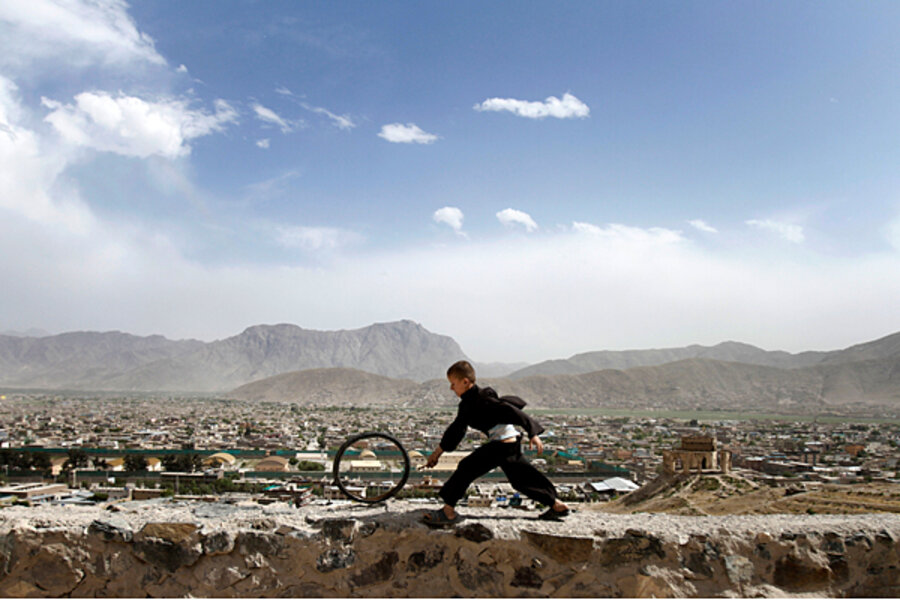UN sees significant drop in Afghan civilian casualties
Loading...
| Kabul, Afghanistan
For the first time in five years, United Nations officials in Afghanistan have charted a decrease in civilian casualties signaling a rare bit of good news.
The first four months of this year civilian casualties dropped by 21 percent compared with the same period last year. UN officials caution that they are uncertain if the downward trend will continue through the rest of the year, however the report is consistent with others indicating an overall drop in violence throughout Afghanistan for the first part of this year.
With insurgents responsible for the vast majority of civilian causalities – 79 percent, according to the UN – this decrease in their activity has likely played a major role in reducing civilian deaths. Security officials say that insurgents now appear more focused on assassinations and high profile attacks, which has resulted in fewer incidents that place civilians at risk.
“The decrease in the civilian casualties is because of the decrease in violence. The enemy doesn’t have the power to carry out continuous attacks. They are mostly depending on roadside bombs,” says Abdul Rahman Sarjang, the police chief of Laghman Province.
Increased professionalism of Afghan security forces and efforts by international troops to reduce risk to civilians has also contributed to the drop, he adds.
The Afghanistan NGO Safety Office recorded a 43 percent decrease in insurgent attacks for first quarter of this year and the Afghan Ministry of Interior has also reported a drop in attacks.
During the first four months of this year, a total of 579 civilians were killed and another 1,216 were injured, according to the UN. Aside from insurgent caused casualties, Afghan and International forces accounted for 9 percent. The UN was unable to assign blame for the remaining 12 percent.
In the summer, fighting in Afghanistan traditionally increases as insurgents take advantage of warm weather and farming season that make it easier for them to operate. While death tolls are likely to rise, these reports indicate that this summer is unlikely to be as violent as those in recent years.
International forces have also seen a drop in violence for the first four months of this year, with a 15 percent decrease in fatalities compared with the same time last year.
Civilian casualties have long been a point of contention in Afghanistan. After one incident last year, Afghan President Hamid Karzai called on US and NATO forces to stop their combat operations, later clarifying that he wanted them to stop only those operations that killed civilians.
Just this past weekend, a family of eight, which included six children, was killed in a NATO air strike in Eastern Afghanistan. Even though insurgents are responsible for more than three-quarters of incidents against civilians, many in the Afghan population place much of the blame on international forces.
“As a human rights activist, I am not happy with the operations of the foreign forces in Afghanistan which cause the death of even just a single civilian. Why should an innocent person be killed in a fight between two sides? These civilian casualties are a big blow to the NATO troops. The Afghans lose their trust toward the operations of the foreign troops,” says Malek Sitez, a human rights activist.







